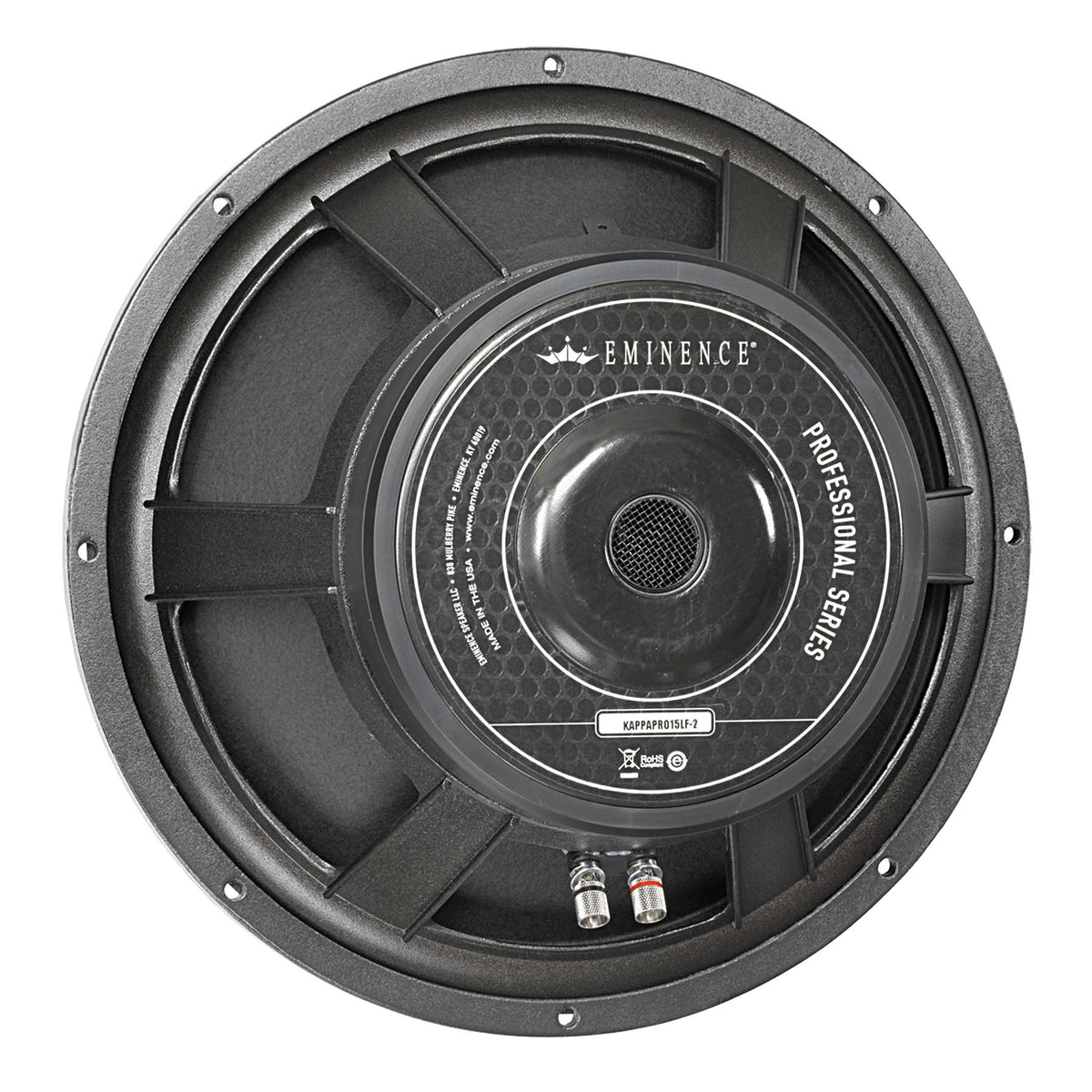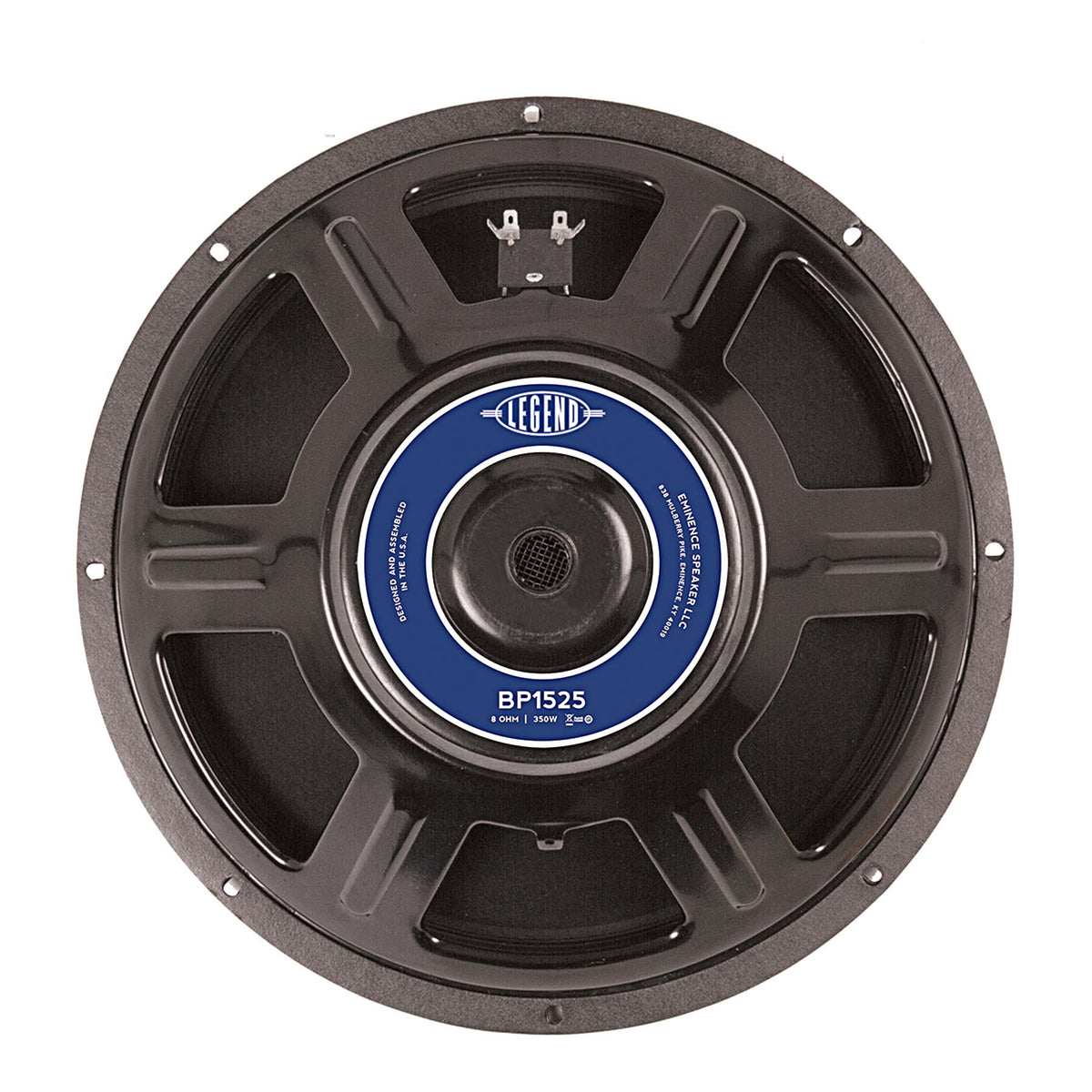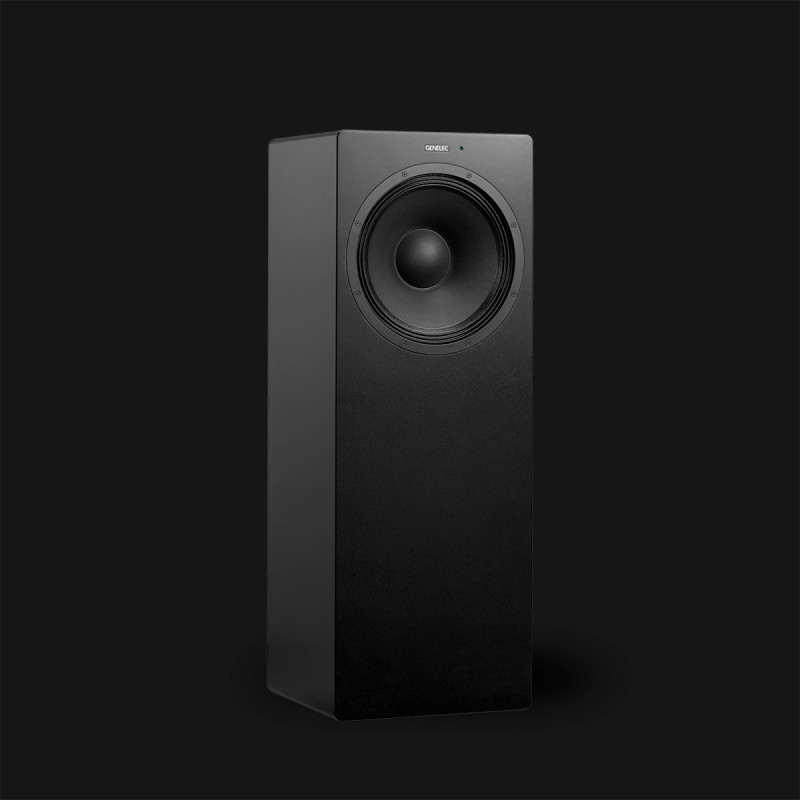The drivers have to have the correct phase relationship between each other over the range they are interacting in order to provide cancellation and directivity the front woofer does not have to play flat down to a particularly low frequency in order for this to work.
A large driver in a box provides much of the directivity all by itself. A 15" driver gives quite reasonable cardioid like response down to 300Hz. This response comes from two nulls forming at far off axis angles usually 130 to 150 degrees depending on the pattern. Look at the blue dots in the polar diagrams below, these are the deepest parts of the nulls. With the right size of cabinet this directivity created by diffraction can be controlled. Very wide band controlled directivity can be had by matching the delay of the front woofer to a side woofer together with any frequency dependent delay that comes from crossover filters. Having the cancellation come from the back limits the bandwidth somewhat but it still works in the same way.
Here is an example of a design to do what the W371A does when controlling the directivity to be cardioidish.
Front woofer alone see how it rolls off and has directivity to 300Hz
View attachment 262434
Front and back drivers together, directivity controlled to 80Hz before going omni. This is by choice not to limit output below that frequency. I cheated or was smart depending on how you look at it by using a linear phase 2nd order filter on the back woofer instead of one with group delay. The same thing can be done without the linear phase filter but is slightly less controllable.
View attachment 262435
The W371A is expensive because of the software R&D in the cardioid and null steering modes (the difficulty of this should not be underestimated) as well as the ongoing technical support that will be needed by most end users.
That is where the fairy dust and magic is, not in the basic components that you see when looking at it.



